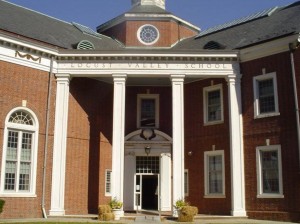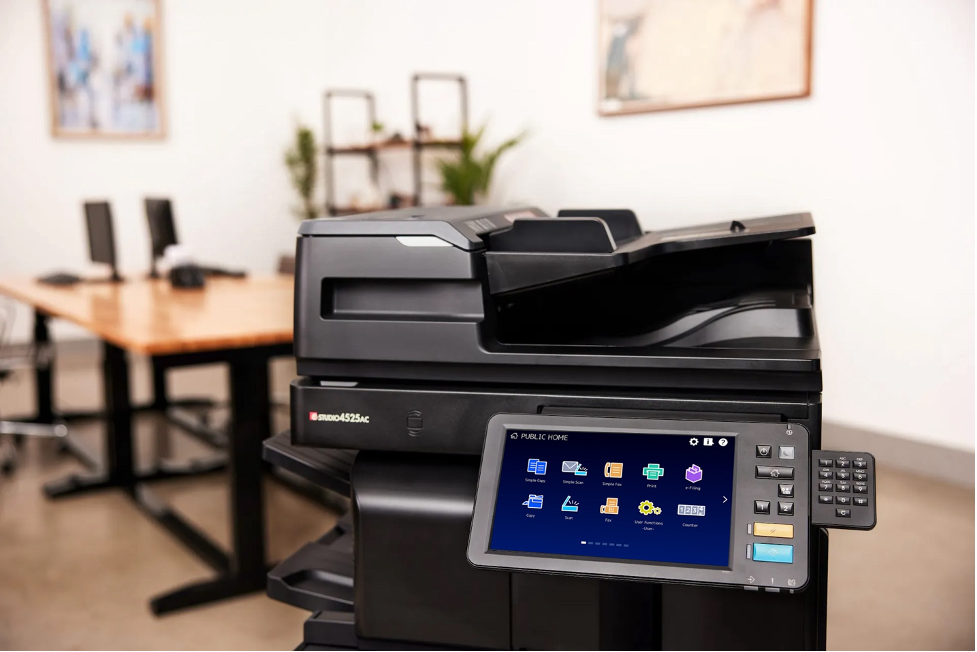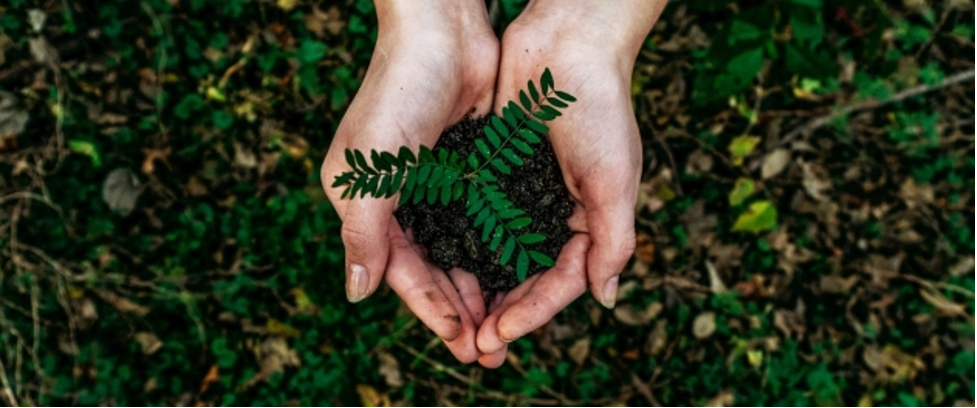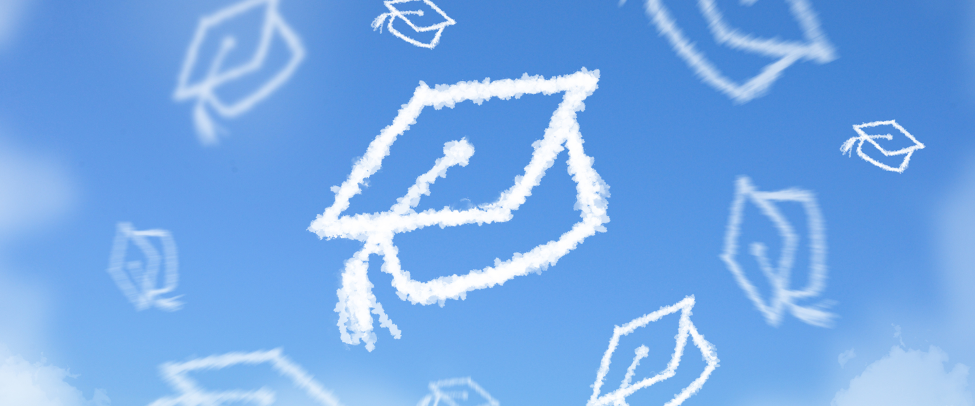Toshiba and National Science Teachers Association Announce 24 Regional Winners
 ARLINGTON, Va.–(BUSINESS WIRE)–Toshiba and the National Science Teachers Association (NSTA) announced today the regional winners of the 24th annual ExploraVision program. The world’s largest K-12 science competition, ExploraVision is designed to build problem-solving, critical-thinking and collaboration skills emphasized in the Next Generation Science Standards (NGSS). Some of this year’s innovative projects include a scanning device to detect ticks, an advanced military camouflage uniform that blends body temperatures and colors into surroundings, and a bionic eye implant to improve sight. The 24 regional winning teams will advance to the national phase of the competition and have a chance to win $10,000 U.S. Series EE Savings Bonds (at maturity) and other great prizes. The regional winning teams will also receive a Toshiba laptop for their school, and each member of the team will receive a Toshiba Encore™ Tablet.
ARLINGTON, Va.–(BUSINESS WIRE)–Toshiba and the National Science Teachers Association (NSTA) announced today the regional winners of the 24th annual ExploraVision program. The world’s largest K-12 science competition, ExploraVision is designed to build problem-solving, critical-thinking and collaboration skills emphasized in the Next Generation Science Standards (NGSS). Some of this year’s innovative projects include a scanning device to detect ticks, an advanced military camouflage uniform that blends body temperatures and colors into surroundings, and a bionic eye implant to improve sight. The 24 regional winning teams will advance to the national phase of the competition and have a chance to win $10,000 U.S. Series EE Savings Bonds (at maturity) and other great prizes. The regional winning teams will also receive a Toshiba laptop for their school, and each member of the team will receive a Toshiba Encore™ Tablet.
ExploraVision participants are challenged to provide a glimpse into the future by imagining what technology might be like in 20 years. Students proposed ideas for new technology based on challenges or limitations of what already exists and simulated real scientific research to outline how they would test their ideas. In the national phase of the competition, students will further illustrate their innovative concepts by building web pages and creating short videos to communicate their ideas to the public.
“The ExploraVision program challenges student participants to overcome boundaries created by society’s most pressing issues and visualize exceptional means for resolution using science and creativity,” said Mr. Fumio Otani, Chairman & CEO, Toshiba America, Inc. “The ExploraVision program was created in partnership with NSTA to recognize students who are at the forefront of scientific thinking, and as a company that prides itself on innovation, we’re proud to support future scientists, innovators and engineers of the next generation.”
Everyday Innovations
A common theme among the winning regional projects was technological innovation. Two third graders from Morristown, N.J. brought a special touch to digital memories with the Personal IPF, a personal interactive picture frame. The Personal IPF uses artificial intelligence technology to allow people in photographs to speak, move, and interact. A Lagrangeville, N.Y., team advanced the way smells are perceived with the VISOR, a neuro-olfactory device. VISOR uses electrodes positioned over the olfactory bulb to sense neural signals triggered by smell. The signals are encoded and transferred to a distant VISOR where it is translated into electric waveforms. This breakthrough could overcome shortcomings in prior technology and have profound impacts on education, entertainment, and e-commerce.
Scan Documents to Cloud Storage with e-BRIDGE Print & Capture (iOS)
Environmental Advances
Several of the regional winners focused on the environment and imagined ways to preserve nature. A team of third graders from Duluth, Ga. invented Bacteria Saves the World, a balloon filter that prevents dangerous chemicals from entering the lungs and causing harm, to prevent the inhalation of potentially harmful chemicals from traffic and air pollution. A Silver Spring, Md., high school team created BioBatteries to promote clean energy storage. As an alternative to traditional batteries that use metallic compounds, BioBatteries use enzymes to convert cheap and readily available sugars into energy.
The Future of Healthcare
Many of the winning teams imagined innovations in healthcare that could aid both medical professionals and the general public. An Edmond, Okla., group of third graders invented the Strep Throat Test to make doctor visits a little less frequent. By simply coughing into a tissue, the device can determine if the person has strep throat. And a group of 6th graders from Houston, Texas, want to cure paralysis that affects millions of people. After discovering that crayfish can turn blood cells into neurons, the students envisioned a way to harvest the neuron-regenerating attributes from crayfish stem cells and safely merge them with human stem cells.
“I am pleased that this innovative program continues to inspire and prepare the next generation of students and citizens who are savvy in science, technology, engineering and mathematics (STEM) subjects,” said Dr. David Evans, NSTA Executive Director. “It’s rewarding to see students of all ages use their ingenuity and innovation to envision solutions to real-world problems around them. We congratulate the regional winning teams on their impressive work and commend the educators and mentors for supporting their students’ effort to explore science.”
On to the National Phase
The 24 regional winning teams will advance to the national phase of the competition and in April 26th, four first- and four second-place national winning teams will be announced. Each first-place national winning team member will receive a $10,000 U.S. Series EE Savings Bond (at maturity). Each members of second-place national winning teams will receive a $5,000 U.S. Series EE Savings Bond (at maturity). Canadian winners will receive Canada bonds purchased for the equivalent issue price in Canadian dollars. All first- and second-place national winners will also receive an expense-paid trip for themselves, a parent or/guardian, their teacher and their mentor, to Washington, D.C., for a gala awards weekend in June 2016. Students will meet with members of Congress during a visit to Capitol Hill and display their winning ideas at a Science Showcase. The Toshiba/NSTA ExploraVision weekend will conclude with a gala awards banquet and ceremony to formally recognize the winners for their creativity and accomplishments.
Since its inception in 1992, more than 360,000 students from across the United States and Canada have participated in the ExploraVision program. The program helps students expand their imagination and have fun while developing an interest in science, technology, engineering and math (STEM) education at an early age.
For more information, visit www.exploravision.org or e-mail exploravision@nsta.org. Follow ExploraVision on Twitter at@ToshibaInnovate or join the ExploraVision Facebook Fan Page at www.Facebook.com/ToshibaInnovation.
###
About Toshiba
Toshiba Corporation, a Fortune Global 500 company, channels world-class capabilities in advanced electronic and electrical product and systems into five strategic business domains: Energy & Infrastructure, Community Solutions, Healthcare Systems & Services, Electronic Devices & Components, and Lifestyles Products & Services. Guided by the principles of The Basic Commitment of the Toshiba Group, “Committed to People, Committed to the Future”, Toshiba promotes global operations towards securing “Growth Through Creativity and Innovation”, and is contributing to the achievement of a world in which people everywhere live in safe, secure and comfortable society. Founded in Tokyo in 1875, today’s Toshiba is at the heart of a global network of over 580 consolidated companies employing over 199,000 people worldwide, with annual sales surpassing 6.6 trillion yen (US$55 billion).Toshiba America, Inc. is the holding company for five Toshiba operating companies in the United States and employs nearly 20,000 people in North America.
Toshiba’s North-America based companies and some of their chief products are as follows: Toshiba America Electronic Components, Inc. (Semiconductors, Flash Memory-Based Storage Solutions, LCD, custom chips, and Hard Disk Drives); Toshiba America Information Systems, Inc. (Tablets, Laptop Computers, Telephony Products, Flat Panel LCD TVs, and portable products); Toshiba America Business Solutions, Inc. (Copiers, Facsimiles, Printers and Digital Signage); Toshiba International Corporation (Motors, Motor Controls, Power Electronics, Power Generation Equipment, Automation); Toshiba America Medical Systems, Inc. (Computed Tomography, Magnetic Resonance, X-ray and Ultrasound); Toshiba America Nuclear Energy Corporation (Advanced Boiling Water Nuclear Reactors);Toshiba America Foundation (Supports science and mathematics education across the United States) and Toshiba of Canada, Ltd.(Made up of four operating divisions).
About NSTA
The Arlington, VA-based National Science Teachers Association (NSTA) is the largest professional organization in the world promoting excellence and innovation in science teaching and learning for all. NSTA’s current membership includes approximately 55,000 science teachers, science supervisors, administrators, scientists, business and industry representatives, and others involved in science education.
Contacts
Ketchum
Devon Horowitz, 202-835-9410
Devon.Horowitz@Ketchum.com
or
National Science Teachers Association
Cindy Workosky, 703-312-9248
cworkosky@nsta.org


